1,752cc DOHC Supercharged Inline 6-Cylinder Engine
Single Dual-Throat Memini Carburetor
102bhp at 4,500rpm in period, 140bhp today (see text)
4-Speed Manual Transmission
4-Wheel Drum Brakes
* Period Brooklands Racing History by Stewart/Eyston
* Established Speed Records British Class E records up to 12 hrs
* Formerly owned by Ian Gunn for 55 years
* Comprehensive restoration performed
* Potentially eligible for a multitude of events including Mille Miglia
* FIVA Certified
THE ALFAROMEO 6C 1750
'On May 1st, 1930, Captain George Eyston and myself attacked various records at Brooklands and obtained the British record, 3 hours, at 96.30MPH and five International class records (E) average 95.05 MPH for 12 hours.' – Sir Ronald Stewart.
It was in 1923 that Enzo Ferrari, persuaded Vittorio Jano to leave FIAT's racing department and join him at Alfa Romeo. One of the most gifted and influential automobile engineers of all time, Jano would not only supervise Alfa Romeo's Grand Prix racing program but also design its road cars. This happy state of affairs resulted in the latter emerging as some of the most exciting of their day, establishing the Milanese marque's reputation for producing sporting driver's cars second to none. A logical derivative of the Tipo 6C 1500, itself directly descended from Jano's all-conquering P2 that had won the World Championship in 1925, the Tipo 6C 1750 arrived in 1929 boasting a derivative of the 1500's six-cylinder engine, enlarged to 1,752cc. Built in single-cam Turismo and twin-cam Sport (later renamed Gran Turismo) variants, the 6C 1750 was an exciting fast sports car combining light weight with sparkling performance. The chassis, also a product of Jano's thoughts applied to a clean sheet of paper, was low and lightweight, featuring semi-elliptical springs that passed through the front axle. The 6C 1750 would go on to be victorious over much larger and more powerful machinery, the triumph of balance, quickness and almost thought-control responsiveness over ponderous leviathans.
The 1750's sporting career, aided by its mechanical longevity, extended far beyond its production, amassing countless wins, including 1-2-3 finishes in the Mille Miglia, and top results at Targa Florio, the Tourist Trophy and Spa 24 Hours in 1930. Nuvolari, Marinoni, Campari and Varzi all recorded successes in Vittorio Jano's "light car" and the model is, quite simply, a legend.
Along the journey of development, particularly when it came to long distance racing, the stresses of the supercharger on the compact engine capacity were evident, and one early revision to compensate for this was to make the cylinder block and head a single casting, rather than separate pieces. Termed a 'fixed head' or Testa Fissa in Italian, historians including respected author Angela Cherrett believe that a mere 12 cars were supplied with these engines.
THE MOTORCAR OFFERED
This is one of those incredibly rare dozen 6C 1750 cars that were equipped with Testa Fissa, fixed cylinder heads allowing them to be far more resilient in racing. Naturally, with the derivation being instigated to assist racing, the engines found themselves into cars that were raced. At the Tourist Trophy, the fabric bodied 4 seaters received these units and cars such as this that were built for use at Brooklands did so also.
8513025 can chart its history right back to those early days in the UK and unlike many of its brethren carries a remarkable paper trail with correspondence from its original owner and its pilot, an original continuation British Log Book and a number of photos of it as raced when new. From this we know that the car was originally commissioned by the prominent Brooklands racing driver Ronald Stewart and was designed in collaboration with the famed racer, Capt. George Eyston.
Eyston's name was synonymous with all forms of racing and particularly speed trails. His biography's title 'Flat Out' says it all! In the USA he was best known for piloting the "Thunderbolt" on the Bonneville Speed Flats to the World Land Speed Record of 357mph in 1938, as he, Campbell and John Cobb dueled for these outright tests of speed.
Eyston traveled to Milan with British Alfa Romeo Concessionaire, Fred Stiles, to test drive the Alfa before it was acquired and when satisfied of its performance, the rolling chassis was brought to the UK, as he confirms in a letter to the former owner. For Eyston, a stock 1750 would never have 'cut the mustard', and collaborating with Stewart, they commissioned a wind-cheating cowled body for this Testa Fissa, which mirrored similar projects that he would later develop on MG chassis. The original coachbuilder of the Alfa was A.E. Leadbetter of South London.
Registered for the road in the UK with the London Prefix of GF 5733, it was road legal on April 12, 1930.To judge from period images at Brooklands, it is believed to have been finished in silvery/grey paintwork, or perhaps to aid weight savings as with Silver Arrow Mercedes, it may have just had a polished aluminum finish
Writing in 1954, Sir Ronald Stewart recalled 'is certainly the one which I originally purchased early in 1930, and was raced by me at Brooklands.' 'On May 1st, 1930, Captain George Eyston and myself attacked various records at Brooklands and obtained the British record, 3 hours, at 96.30MPH and five International class records (E) average 95.05 MPH for 12 hours.' 'The car was fitted with a special light-weight aluminium body, with a single row of louvers on each side...' 'As a matter of interest, apart from winning various prizes in 1930, I also entered the car for the 500 miles race at Brooklands on Saturday, October 4th 1930, when I had as my co-driver Mr. C.R. Grant, and we finished 8th, at an average of 98.81MPH.'
Stewart's recollections are indeed correct, Eyston successfully campaigned the Alfa at Brooklands on numerous occasions in the 1930 season, charting records in a variety of categories, those peaked with a fastest lap of 114.49mph! To achieve these long distance runs, a one off high ratio rear axle was fitted by Stiles, a feature that the car retains to this day.
Within the year, Eyston appears to have parted ways with the Alfa and it is believed was sold through back through Fred Stiles, to a member of the Stewart Family. At some point in this period, and through the war years, its use and whereabouts are not known. Its aerodynamic bodywork was sadly replaced early on, with we believe a four seater touring body, for on its British log book, it is recorded in 1949 as wearing a four seater body and now being red.
8513025 was offered for sale by Vic Derrington of Kingston on Thames on October 1st 1951, and is copiously described in a letter to its to be purchaser Geoffrey Wilson the chairman of the Alfa Romeo Club in which he confirms it to have been Eyston's car and that it had recently undergone extensive refurbishing, 'it must not be taken that the car was in a dilapidated condition. It has apparently been carefully used during the whole of its lifetime'. Its fixed head block is understood to have given troubles and was replaced with a detachable head unit in this era.
Road licensing stamps in the log book for Surrey, then Lancashire, then Worcester show the car migrate progressively north in the UK through to 1954, as it passed from V. Derrington, who was local to Brooklands in Kingston Upon Thames, then to Geoffrey Wilson and latterly Ian Gunn, then living in the town of Malvern Link (home to Morgan Motor Cars).
Gunn acquired the Alfa on November 13, 1953 and it remained with him for the next 55 years! Like Wilson he also researched the car himself, and there are fascinating letters on file, not least the above mentioned from Ronald Stewart, but also others from George Eyston.
Early on in Gunn's custody, a minor incident damaged the rear of the four seater body and it led him to discard the bodywork and ultimately dismantle the car to aid its shipping when he moved to Canada and then America in the 1960s. There it remained at his home in Mount Kisco, New York for decades, alongside many high-performance motorbikes, Cooper 500 racers, but most importantly a Ferrari 375 Mille Miglia! Its current owner was a friend of Gunn's for years and ultimately was able negotiate its purchase prior to his death.
Since acquisition in 2008, using his knowledge of the marque and connections in the hobby an exacting and sympathetic restoration has been carried out to return it to its original form. The original British built coachwork was appropriately copied methodically by a modern day metal craftsman in the UK, the renowned Gary Pitney. It is important to note that the car retained not only all of its period components, but also its firewall, radiator (still drilled for its cowl) and its original hood. The presence of those items, comprising the entire 'front end' of the body made it possible to scale the proportions of the original bodywork accurately. The engine has been rebuilt with a correct Testa Fissa head, while parts supplied from expert Jim Stokes in the UK have allowed the supercharger to be geared up to produce some 140bhp, a notable step up from its original specification.
Its restoration is both sympathetic and practical, the bodywork including both its original streamlined format as raced at Brooklands, but also for road use this can be removed and a standard Gran Sport style windshield applied providing some protection for the driver and passenger, as well as wings/fenders and road lights. It is currently configured in this form, and to judge from its chassis frame drillings must have had similar equipment in period. On completion of the work, the car returned to the USA, and was shown in its freshly restored form at the Amelia Island Concours d'Elegance in 2017 and at the Concours of Elegance at Hampton Court that same year.
Supercharged Alfa Romeos of this period, particularly the 6 cylinder versions are a joy to drive, their nimble chassis providing excellent road handling. By merit of the numerous events that they were both entered into and successful in period, such as the Targa Florio, Le Mans and British Races including the Tourist Trophy, they are eligible for almost every period retrospective event and continue to provide their owners with top level results. Of course, perhaps the most desirable of these is the Mille Miglia, which subject to acceptance by the current Registro system, for which it is eminently qualified, it would be allowed to campaign.
The ex-Stewart and Eyston car offered here is a unique piece of history, copiously documented, sensitively restored and ready to be used.
1,752cc DOHC Supercharged Inline 6-Cylinder Engine
Single Dual-Throat Memini Carburetor
102bhp at 4,500rpm in period, 140bhp today (see text)
4-Speed Manual Transmission
4-Wheel Drum Brakes
* Period Brooklands Racing History by Stewart/Eyston
* Established Speed Records British Class E records up to 12 hrs
* Formerly owned by Ian Gunn for 55 years
* Comprehensive restoration performed
* Potentially eligible for a multitude of events including Mille Miglia
* FIVA Certified
THE ALFAROMEO 6C 1750
'On May 1st, 1930, Captain George Eyston and myself attacked various records at Brooklands and obtained the British record, 3 hours, at 96.30MPH and five International class records (E) average 95.05 MPH for 12 hours.' – Sir Ronald Stewart.
It was in 1923 that Enzo Ferrari, persuaded Vittorio Jano to leave FIAT's racing department and join him at Alfa Romeo. One of the most gifted and influential automobile engineers of all time, Jano would not only supervise Alfa Romeo's Grand Prix racing program but also design its road cars. This happy state of affairs resulted in the latter emerging as some of the most exciting of their day, establishing the Milanese marque's reputation for producing sporting driver's cars second to none. A logical derivative of the Tipo 6C 1500, itself directly descended from Jano's all-conquering P2 that had won the World Championship in 1925, the Tipo 6C 1750 arrived in 1929 boasting a derivative of the 1500's six-cylinder engine, enlarged to 1,752cc. Built in single-cam Turismo and twin-cam Sport (later renamed Gran Turismo) variants, the 6C 1750 was an exciting fast sports car combining light weight with sparkling performance. The chassis, also a product of Jano's thoughts applied to a clean sheet of paper, was low and lightweight, featuring semi-elliptical springs that passed through the front axle. The 6C 1750 would go on to be victorious over much larger and more powerful machinery, the triumph of balance, quickness and almost thought-control responsiveness over ponderous leviathans.
The 1750's sporting career, aided by its mechanical longevity, extended far beyond its production, amassing countless wins, including 1-2-3 finishes in the Mille Miglia, and top results at Targa Florio, the Tourist Trophy and Spa 24 Hours in 1930. Nuvolari, Marinoni, Campari and Varzi all recorded successes in Vittorio Jano's "light car" and the model is, quite simply, a legend.
Along the journey of development, particularly when it came to long distance racing, the stresses of the supercharger on the compact engine capacity were evident, and one early revision to compensate for this was to make the cylinder block and head a single casting, rather than separate pieces. Termed a 'fixed head' or Testa Fissa in Italian, historians including respected author Angela Cherrett believe that a mere 12 cars were supplied with these engines.
THE MOTORCAR OFFERED
This is one of those incredibly rare dozen 6C 1750 cars that were equipped with Testa Fissa, fixed cylinder heads allowing them to be far more resilient in racing. Naturally, with the derivation being instigated to assist racing, the engines found themselves into cars that were raced. At the Tourist Trophy, the fabric bodied 4 seaters received these units and cars such as this that were built for use at Brooklands did so also.
8513025 can chart its history right back to those early days in the UK and unlike many of its brethren carries a remarkable paper trail with correspondence from its original owner and its pilot, an original continuation British Log Book and a number of photos of it as raced when new. From this we know that the car was originally commissioned by the prominent Brooklands racing driver Ronald Stewart and was designed in collaboration with the famed racer, Capt. George Eyston.
Eyston's name was synonymous with all forms of racing and particularly speed trails. His biography's title 'Flat Out' says it all! In the USA he was best known for piloting the "Thunderbolt" on the Bonneville Speed Flats to the World Land Speed Record of 357mph in 1938, as he, Campbell and John Cobb dueled for these outright tests of speed.
Eyston traveled to Milan with British Alfa Romeo Concessionaire, Fred Stiles, to test drive the Alfa before it was acquired and when satisfied of its performance, the rolling chassis was brought to the UK, as he confirms in a letter to the former owner. For Eyston, a stock 1750 would never have 'cut the mustard', and collaborating with Stewart, they commissioned a wind-cheating cowled body for this Testa Fissa, which mirrored similar projects that he would later develop on MG chassis. The original coachbuilder of the Alfa was A.E. Leadbetter of South London.
Registered for the road in the UK with the London Prefix of GF 5733, it was road legal on April 12, 1930.To judge from period images at Brooklands, it is believed to have been finished in silvery/grey paintwork, or perhaps to aid weight savings as with Silver Arrow Mercedes, it may have just had a polished aluminum finish
Writing in 1954, Sir Ronald Stewart recalled 'is certainly the one which I originally purchased early in 1930, and was raced by me at Brooklands.' 'On May 1st, 1930, Captain George Eyston and myself attacked various records at Brooklands and obtained the British record, 3 hours, at 96.30MPH and five International class records (E) average 95.05 MPH for 12 hours.' 'The car was fitted with a special light-weight aluminium body, with a single row of louvers on each side...' 'As a matter of interest, apart from winning various prizes in 1930, I also entered the car for the 500 miles race at Brooklands on Saturday, October 4th 1930, when I had as my co-driver Mr. C.R. Grant, and we finished 8th, at an average of 98.81MPH.'
Stewart's recollections are indeed correct, Eyston successfully campaigned the Alfa at Brooklands on numerous occasions in the 1930 season, charting records in a variety of categories, those peaked with a fastest lap of 114.49mph! To achieve these long distance runs, a one off high ratio rear axle was fitted by Stiles, a feature that the car retains to this day.
Within the year, Eyston appears to have parted ways with the Alfa and it is believed was sold through back through Fred Stiles, to a member of the Stewart Family. At some point in this period, and through the war years, its use and whereabouts are not known. Its aerodynamic bodywork was sadly replaced early on, with we believe a four seater touring body, for on its British log book, it is recorded in 1949 as wearing a four seater body and now being red.
8513025 was offered for sale by Vic Derrington of Kingston on Thames on October 1st 1951, and is copiously described in a letter to its to be purchaser Geoffrey Wilson the chairman of the Alfa Romeo Club in which he confirms it to have been Eyston's car and that it had recently undergone extensive refurbishing, 'it must not be taken that the car was in a dilapidated condition. It has apparently been carefully used during the whole of its lifetime'. Its fixed head block is understood to have given troubles and was replaced with a detachable head unit in this era.
Road licensing stamps in the log book for Surrey, then Lancashire, then Worcester show the car migrate progressively north in the UK through to 1954, as it passed from V. Derrington, who was local to Brooklands in Kingston Upon Thames, then to Geoffrey Wilson and latterly Ian Gunn, then living in the town of Malvern Link (home to Morgan Motor Cars).
Gunn acquired the Alfa on November 13, 1953 and it remained with him for the next 55 years! Like Wilson he also researched the car himself, and there are fascinating letters on file, not least the above mentioned from Ronald Stewart, but also others from George Eyston.
Early on in Gunn's custody, a minor incident damaged the rear of the four seater body and it led him to discard the bodywork and ultimately dismantle the car to aid its shipping when he moved to Canada and then America in the 1960s. There it remained at his home in Mount Kisco, New York for decades, alongside many high-performance motorbikes, Cooper 500 racers, but most importantly a Ferrari 375 Mille Miglia! Its current owner was a friend of Gunn's for years and ultimately was able negotiate its purchase prior to his death.
Since acquisition in 2008, using his knowledge of the marque and connections in the hobby an exacting and sympathetic restoration has been carried out to return it to its original form. The original British built coachwork was appropriately copied methodically by a modern day metal craftsman in the UK, the renowned Gary Pitney. It is important to note that the car retained not only all of its period components, but also its firewall, radiator (still drilled for its cowl) and its original hood. The presence of those items, comprising the entire 'front end' of the body made it possible to scale the proportions of the original bodywork accurately. The engine has been rebuilt with a correct Testa Fissa head, while parts supplied from expert Jim Stokes in the UK have allowed the supercharger to be geared up to produce some 140bhp, a notable step up from its original specification.
Its restoration is both sympathetic and practical, the bodywork including both its original streamlined format as raced at Brooklands, but also for road use this can be removed and a standard Gran Sport style windshield applied providing some protection for the driver and passenger, as well as wings/fenders and road lights. It is currently configured in this form, and to judge from its chassis frame drillings must have had similar equipment in period. On completion of the work, the car returned to the USA, and was shown in its freshly restored form at the Amelia Island Concours d'Elegance in 2017 and at the Concours of Elegance at Hampton Court that same year.
Supercharged Alfa Romeos of this period, particularly the 6 cylinder versions are a joy to drive, their nimble chassis providing excellent road handling. By merit of the numerous events that they were both entered into and successful in period, such as the Targa Florio, Le Mans and British Races including the Tourist Trophy, they are eligible for almost every period retrospective event and continue to provide their owners with top level results. Of course, perhaps the most desirable of these is the Mille Miglia, which subject to acceptance by the current Registro system, for which it is eminently qualified, it would be allowed to campaign.
The ex-Stewart and Eyston car offered here is a unique piece of history, copiously documented, sensitively restored and ready to be used.
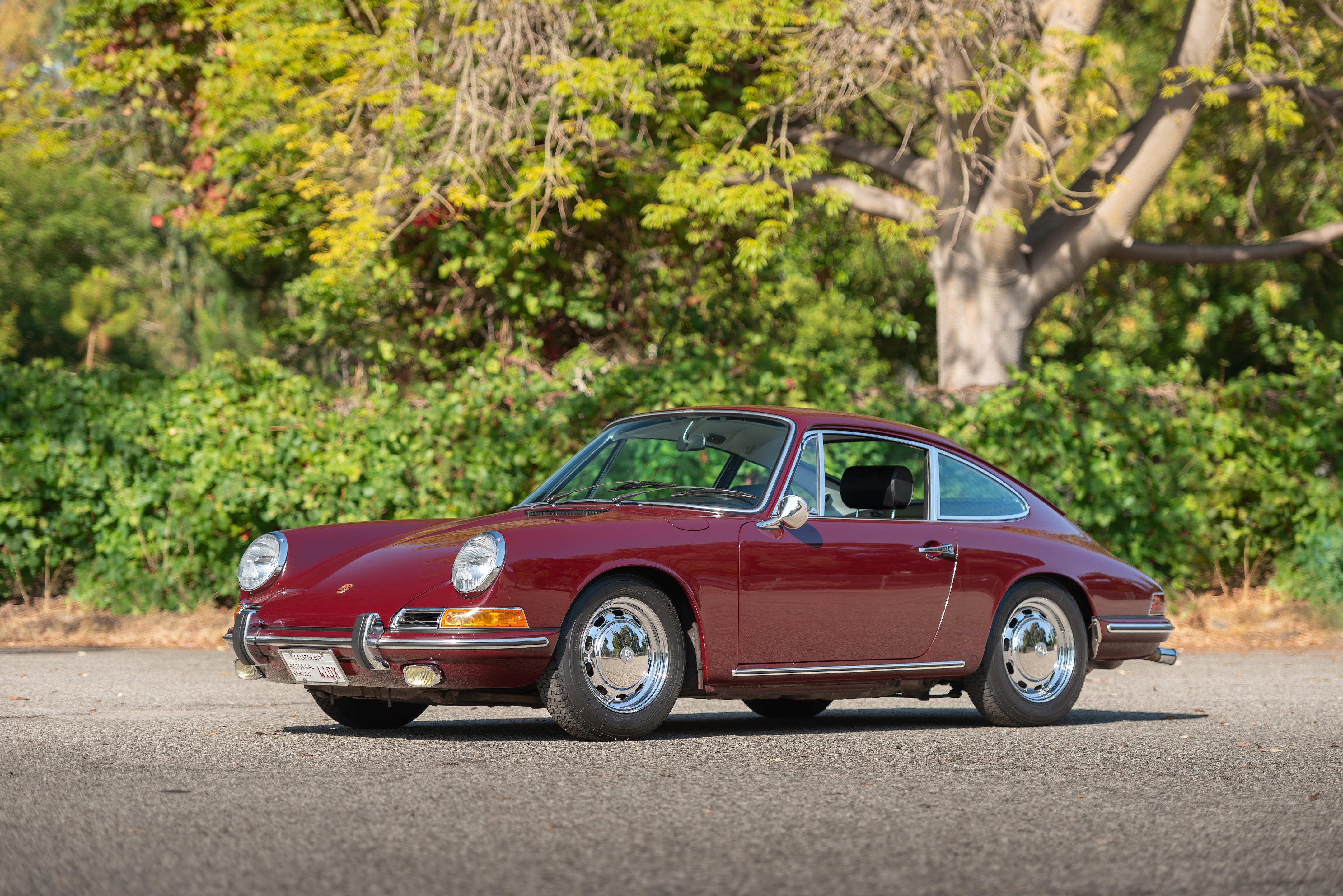
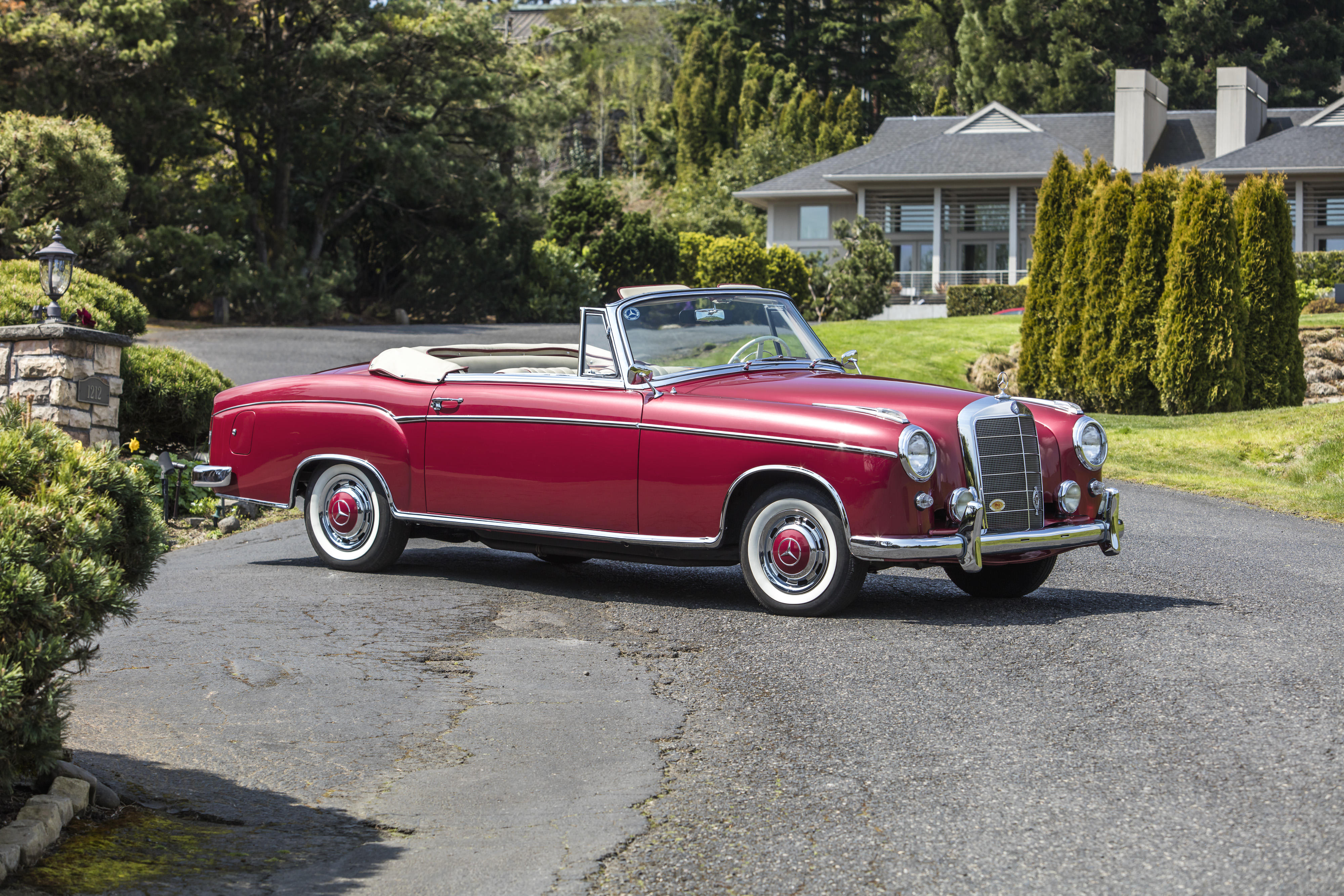
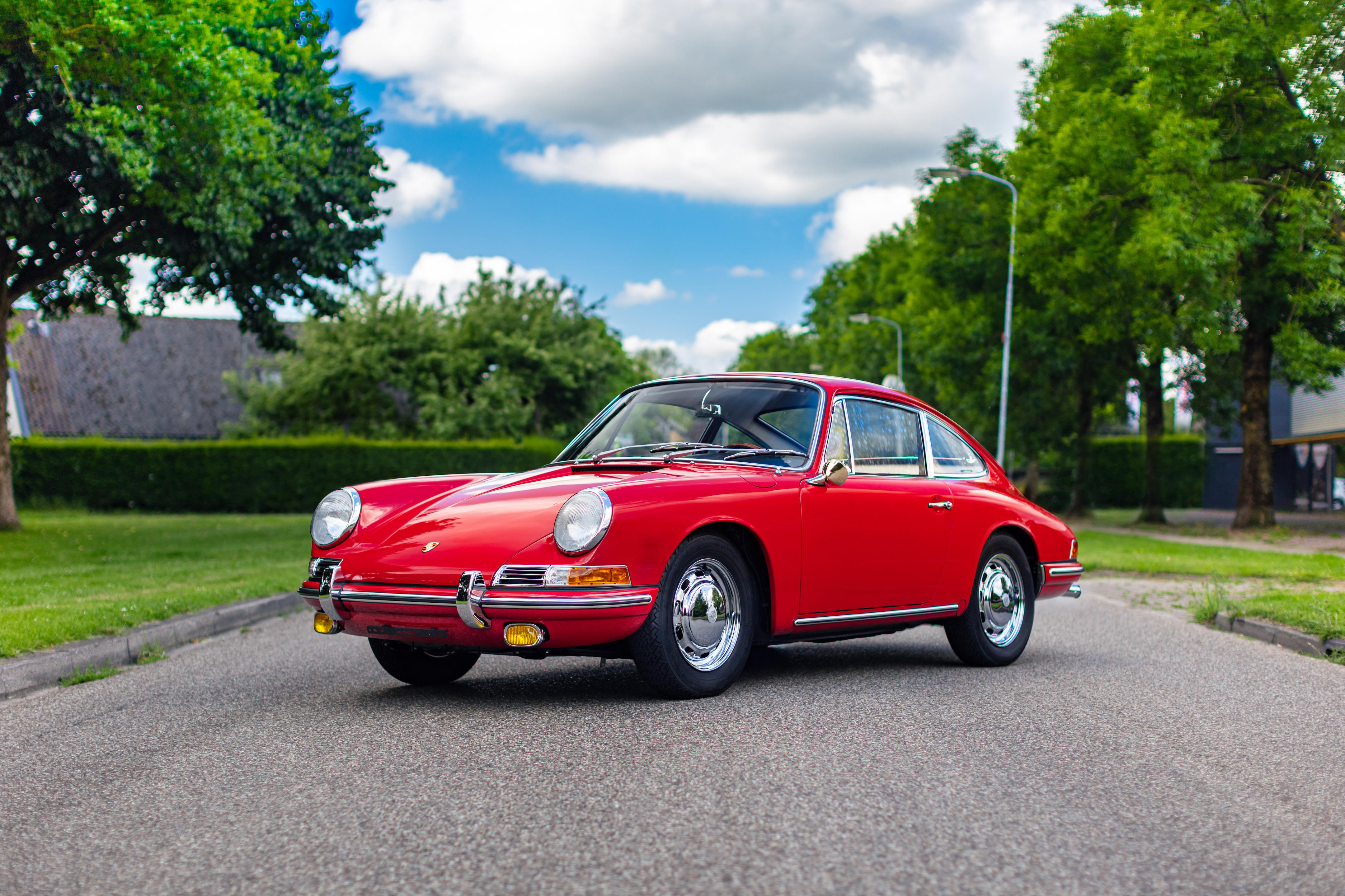
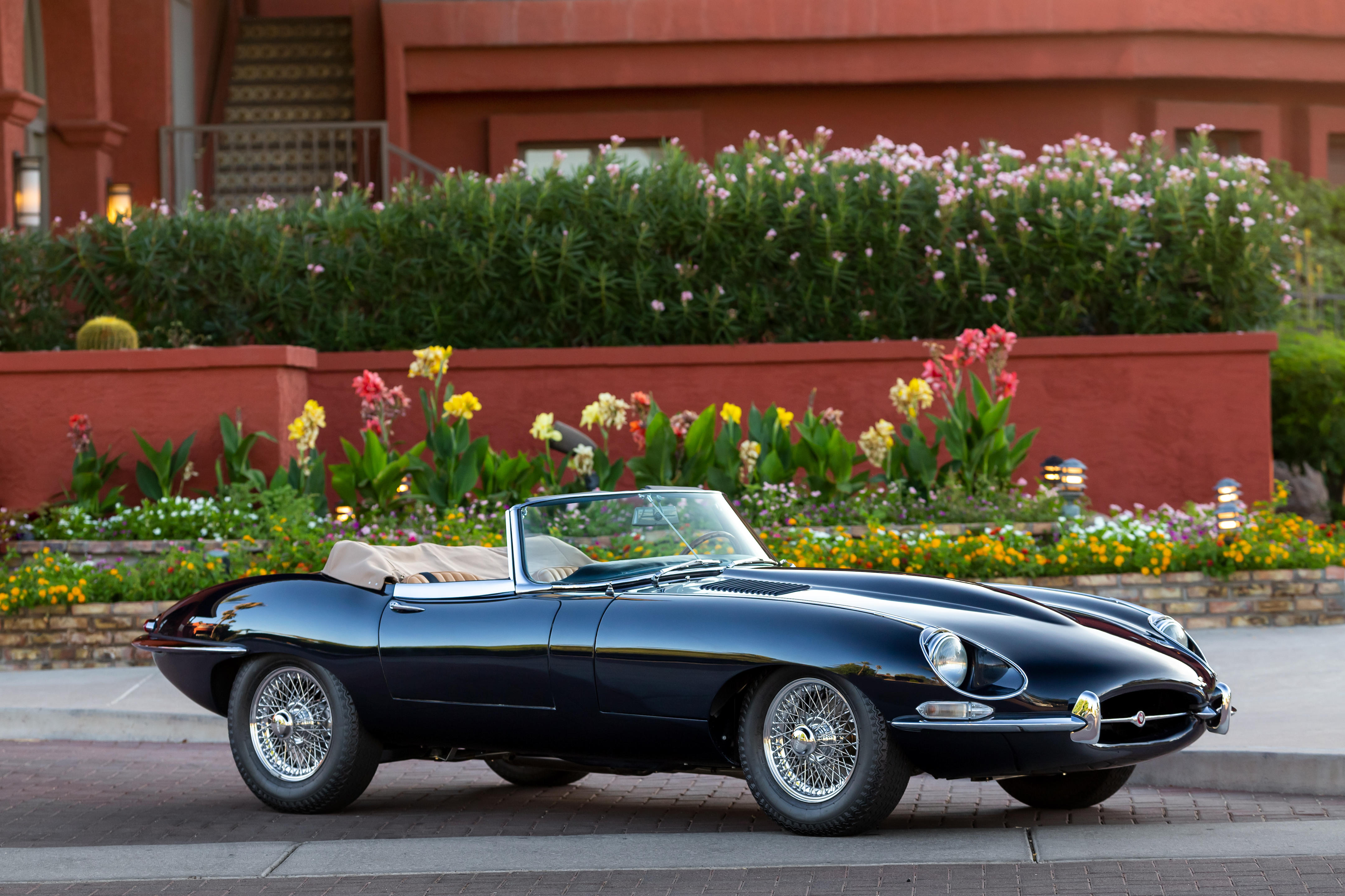
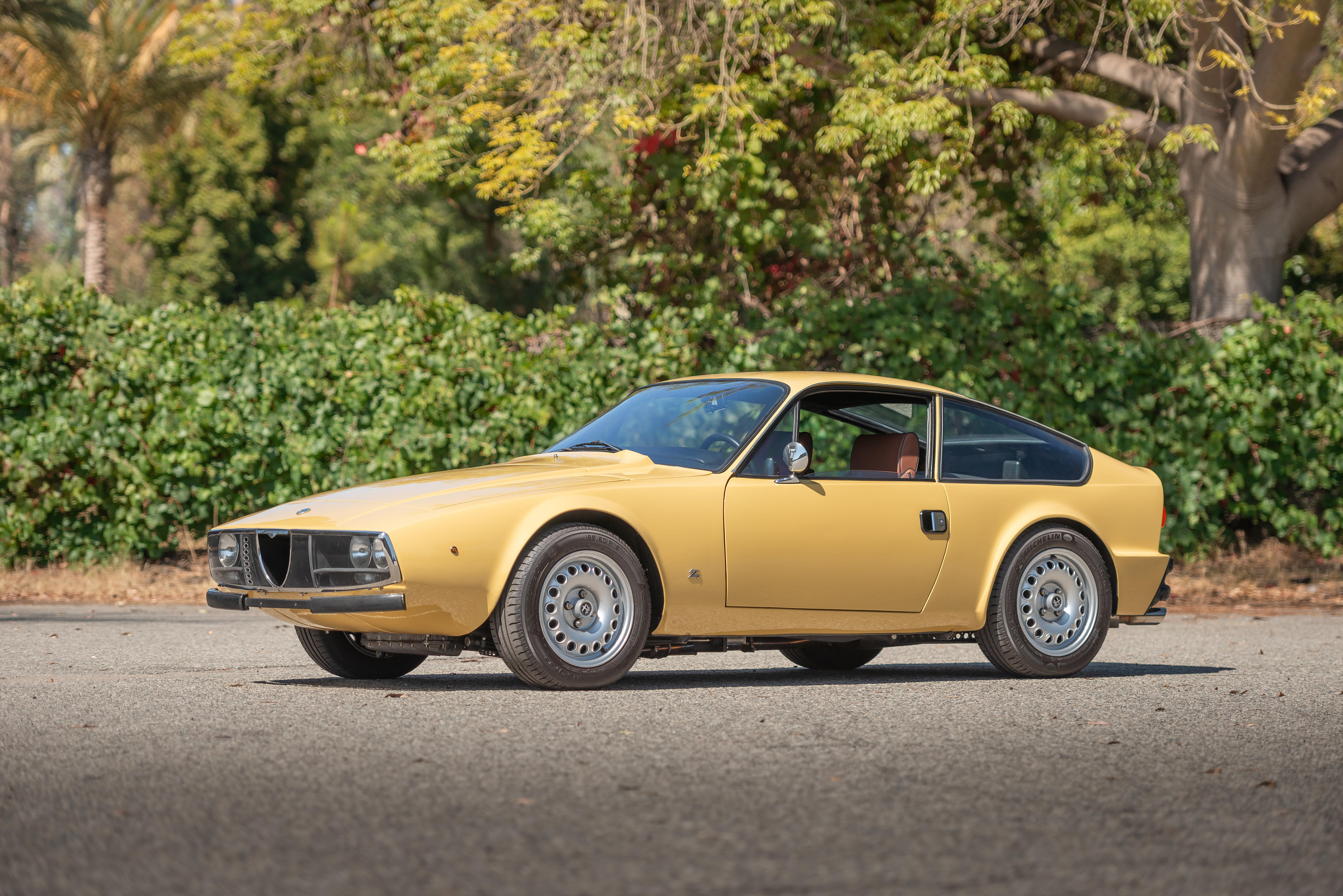
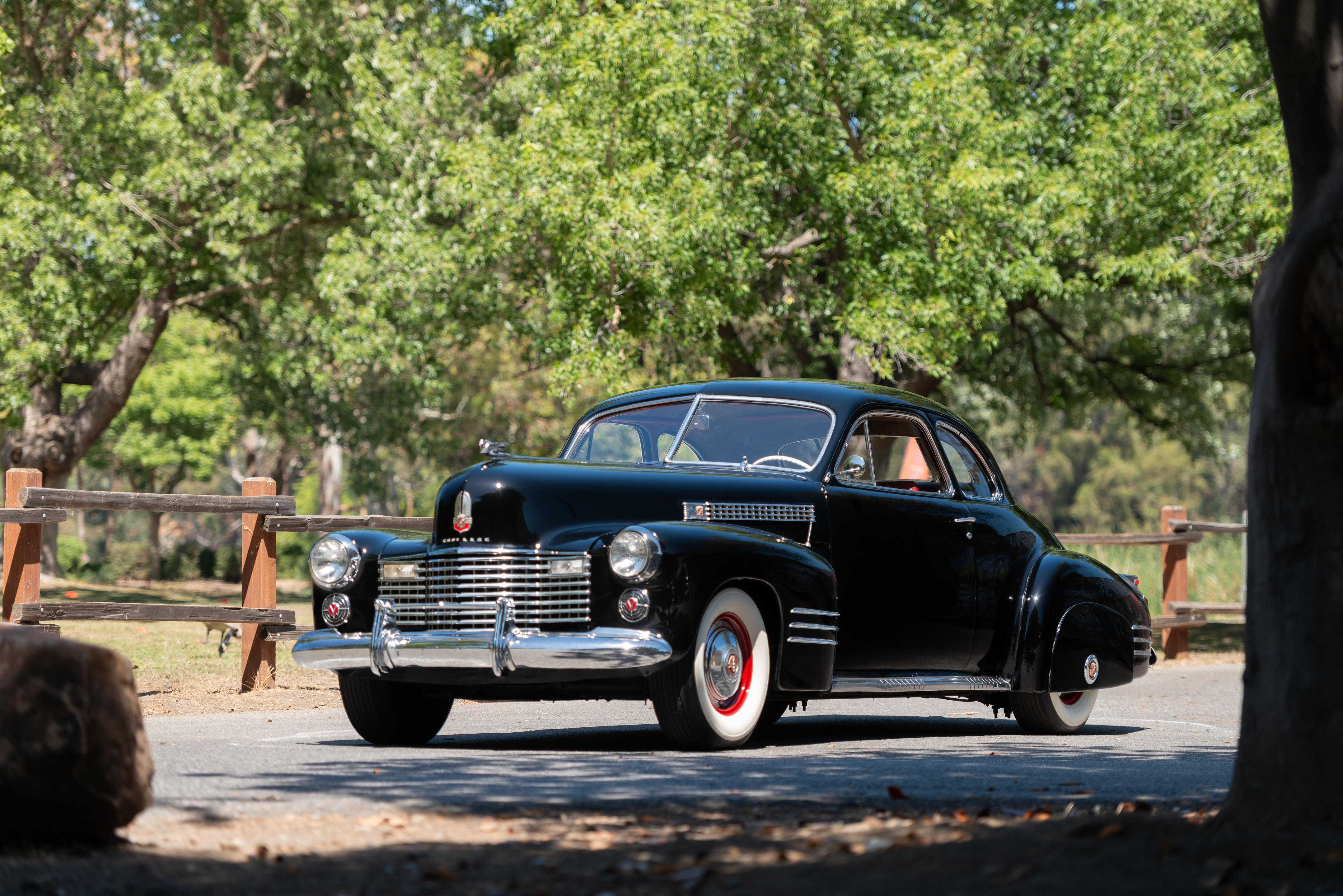
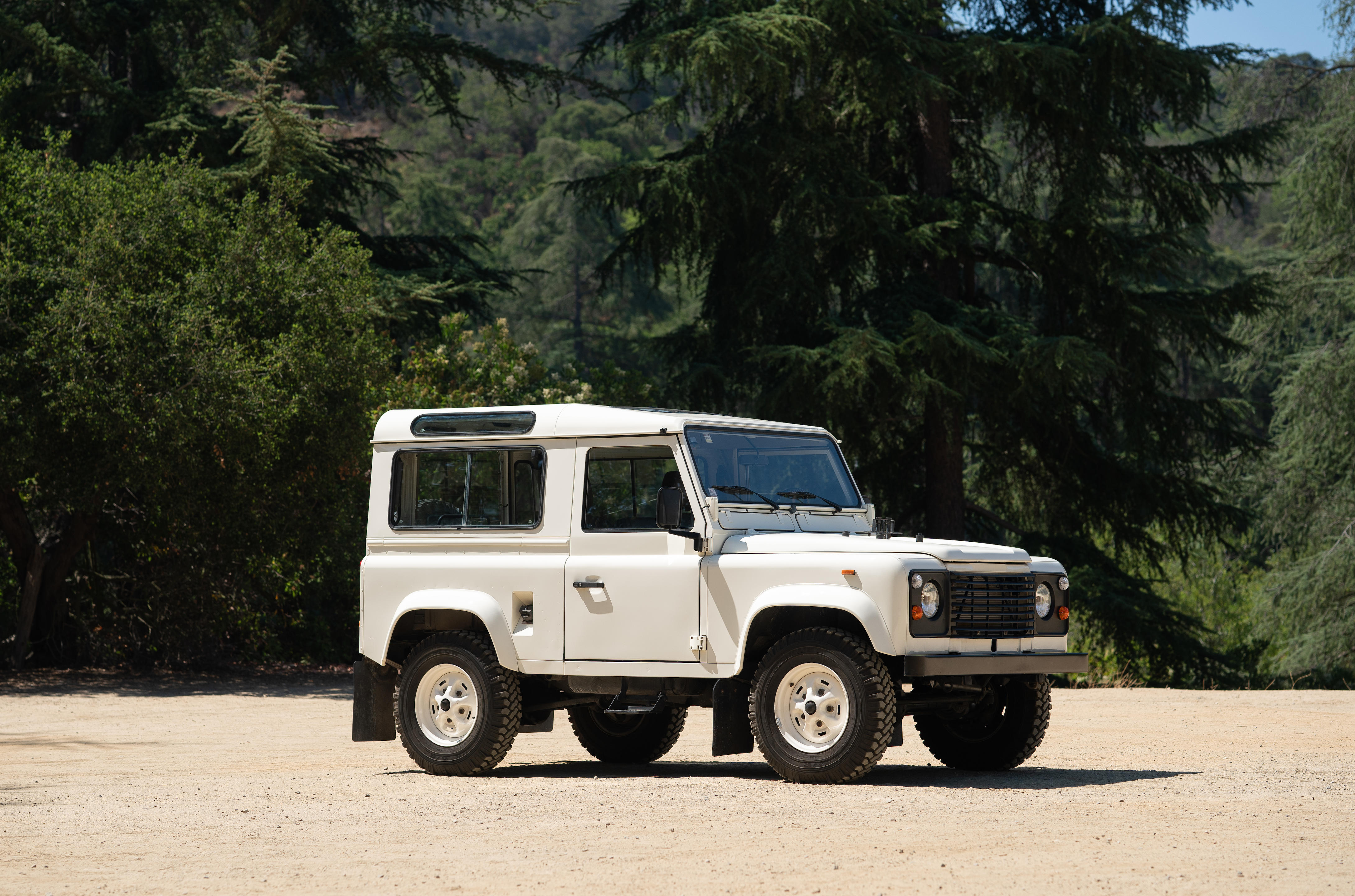
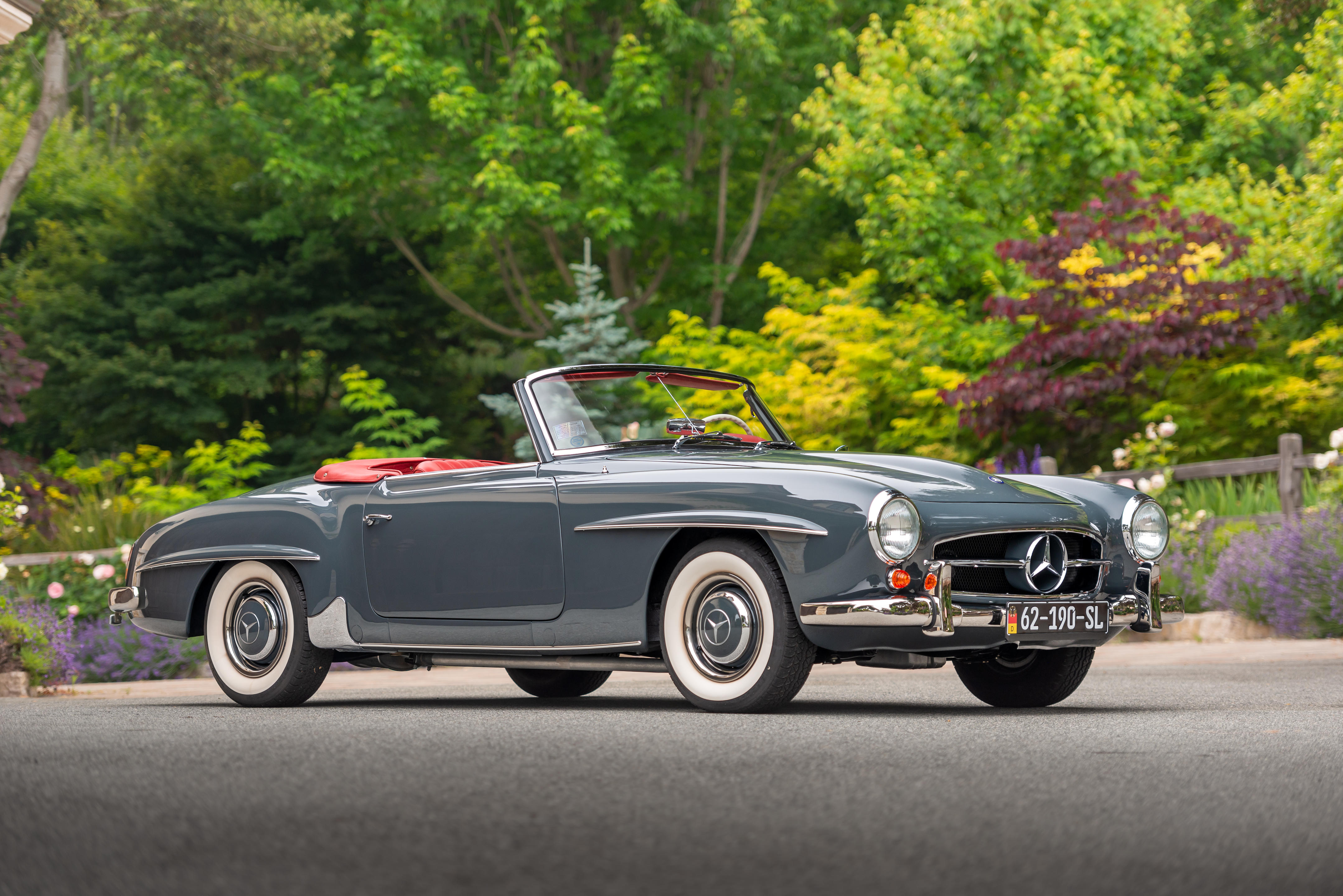
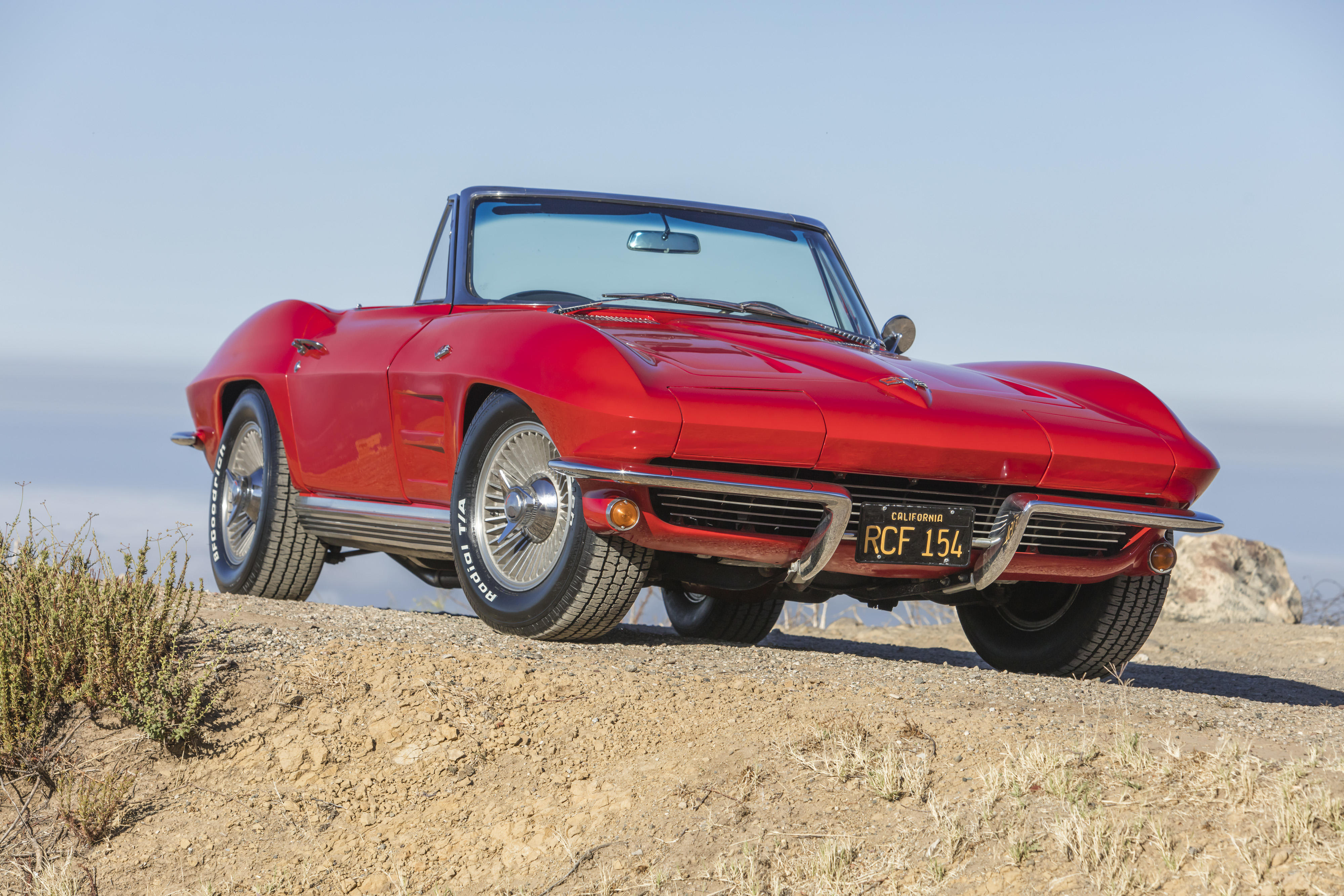
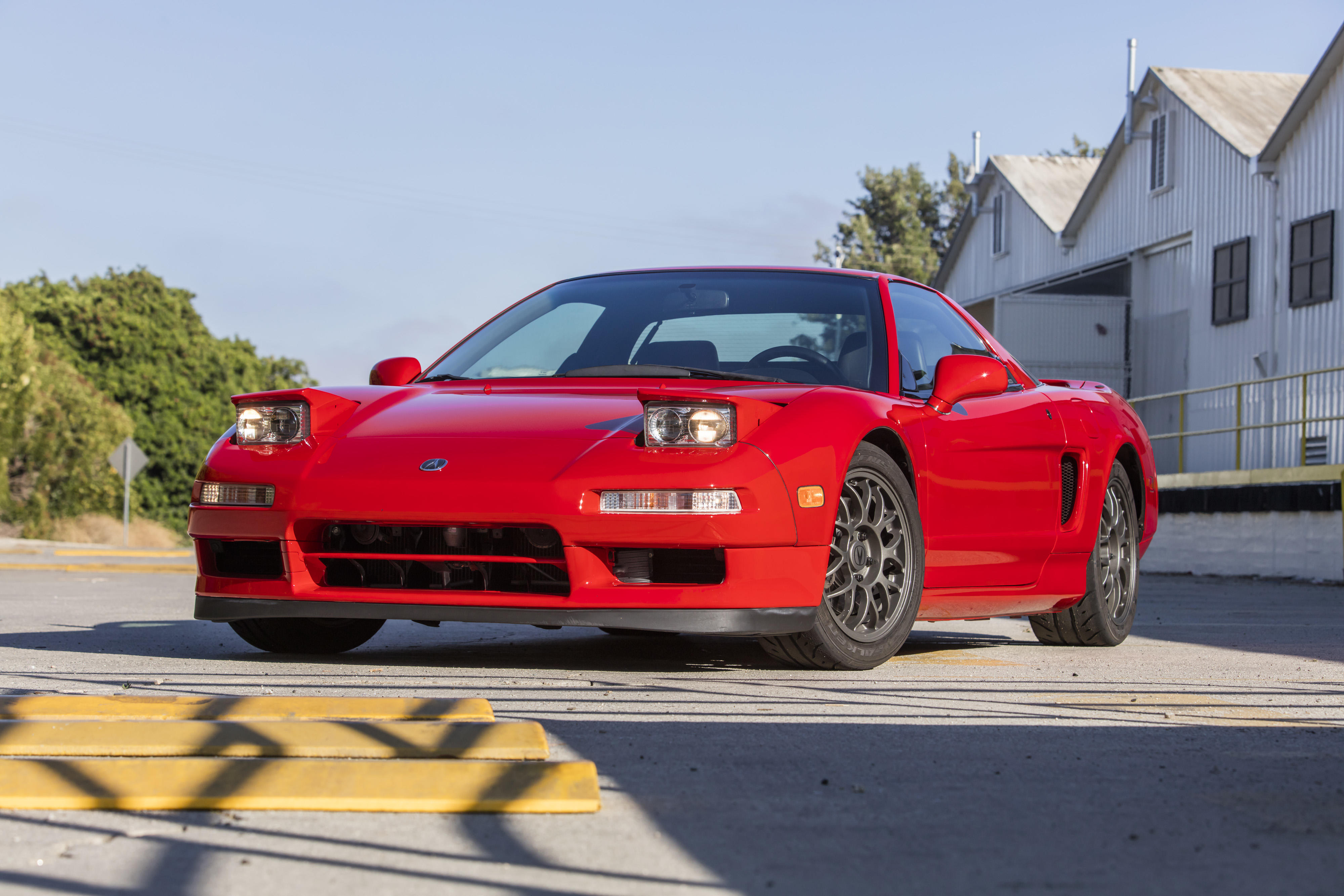
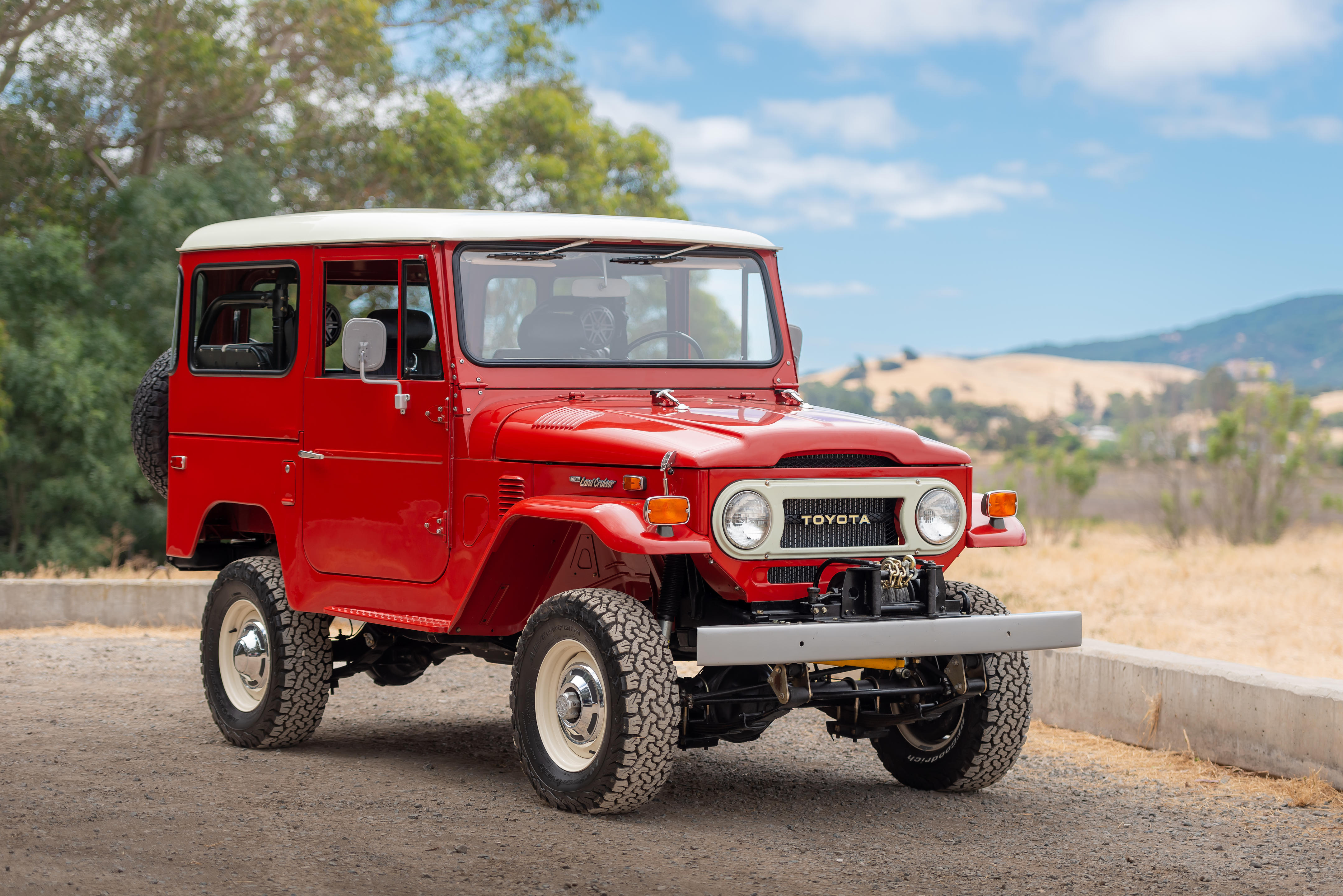

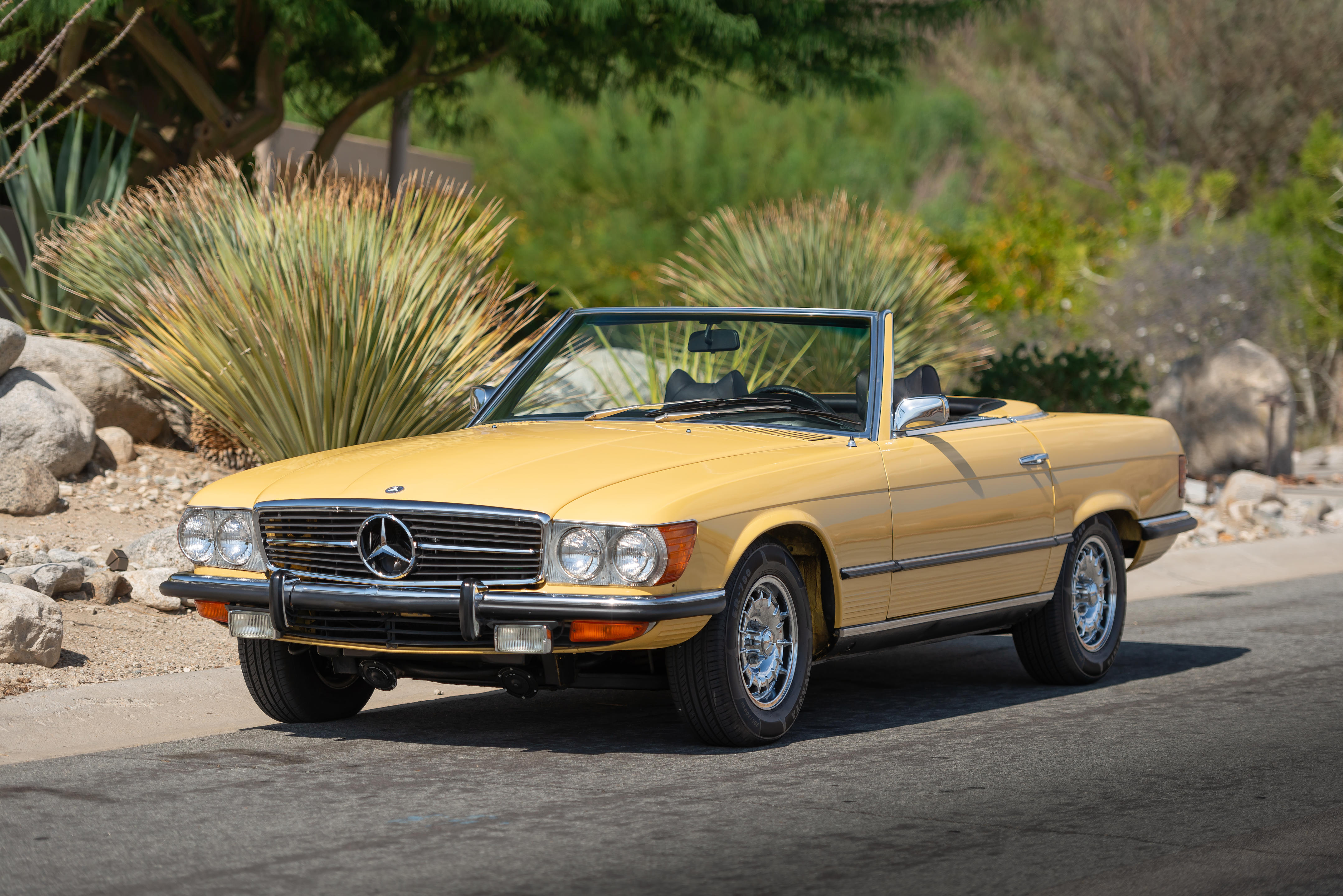


Try LotSearch and its premium features for 7 days - without any costs!
Be notified automatically about new items in upcoming auctions.
Create an alert